Noodles are eaten a lot in Asian countries compared to western countries. Probably the most known Japanese noodle dish is ramen, But are you aware of the other varieties of Japanese noodles?
Ramen noodles
Wheat noodles are eaten often in Japan. Ramen noodles are called Chuka-men (Chinese noodles) in Japan. They are a flour-based noodle but ramen is slightly different to other noodles. Ramen noodles are mixed with Kansui (alkalinized water). Kansui makes wheat noodles softer. Learn more about the history of ramen here. Ramen noodles are stir-fried to make Yakisoba.
Udon noodles
Udon are made from wheat. They are thick and round. Noodles thicker than 1.7mm made from wheat are called udon. The most common way to eat udon is with soup (in dashi). In summer they are served cold not in soup, but they are dipped in tsuyu. You may have seen stir-fried udon in Chinese restaurants but in Japan, people don't often stir fry udon.
Flat udon noodles are called Kishimen. They contain more salted water than udon in the process of making.
Somen noodles
Somen are a thin noodle (under 1.3mm). Made from wheat, salt and water, then starch is added to make the noodle thinner. Often eaten dipped in tsuyu in summer.
Soba noodles
Soba is made from buckwheat. Soba noodles appear to have a greyish colour to them. Buckwheat contains vitamin B1 but some people are allergic to soba. Soba is eaten both warm and cold. When green tea is added to soba noodle, it is known as Cha-soba.
You notice now that rice noodles aren't really eaten in Japan. People do eat rice vermicelli. Also, harusame (glass noodles) made from potato starch are eaten in Japan but it is originally from China so it is not original Japanese noodle.

